
Dental Implants
The Gold Standard Of Restorative Dentistry
It’s hard to understand how distressing losing a tooth is until it happens to you. Whether you’ve lost one or more teeth to decay, trauma, or disease, the outcome is the same; a mixture of negative feelings and several life-altering health problems.
The loss of prominent teeth can harm your self-esteem. A noticeable gap in your smile may mean you’re tight-lipped in social settings, unable to express happiness for fear of showing your teeth. Photos become staged or unnatural, and it’s hard to let your guard down and show your true smile.
These same confidence issues affect how comfortable you feel laughing and talking, and your voice may also change as your ability to form words adapts.
The meals you once loved become challenging to enjoy. The wide open spaces where missing teeth once stood quickly become no-go areas as you chew uncomfortably from the opposite side of your mouth.
And this is before you consider the health implications.

A gappy smile increases the risk of tooth decay. In addition, the spaces introduce the chance of dental drift, where your remaining teeth move in your jaw. Finally, the absence of tooth roots leads to the deterioration of the jawbone below, which, in turn, changes your facial appearance.
The good news is there are several options to restore your teeth. None, however, are more effective than dental implants. Implant-supported restorations help you regain the function and appearance of your teeth, allowing you to enjoy life again.
At Hale Dental, our fully-equipped digital surgical facilities, coupled with the expertise of our team, make us the place to go for dental implants.

How Dental Implants Work
Think of a dental implant as being a replacement root for your tooth. Just like the roots of your teeth, dental implants support the crown above the surface of your gums by extending deep inside your jaw.
Dental implants are small titanium posts. Lightweight and strong, titanium will fuse with your jawbone to provide exceptional rigidity to support your bite, giving you the confidence to chew everything from crunch raw carrots to chewy steaks.
Once in place, a dental implant will support a crown when replacing a single tooth. Alternatively, strategically positioned implants can work together as the base for multiple prosthetic teeth.
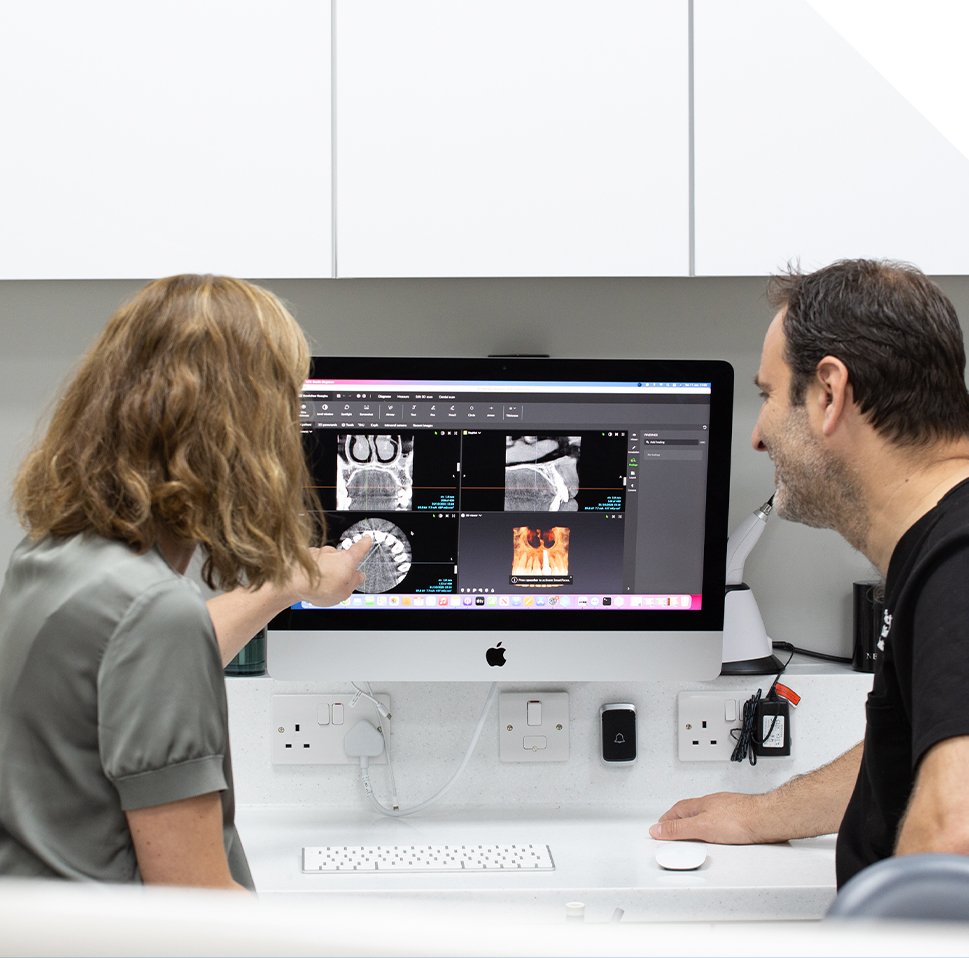
Are Dental Implants Right for You?
Before placing your implants, we’ll need to assess your jaw to determine whether you have adequate bone density to support them. If you’ve been without natural teeth for a while, your jaw bone may have already begun resorption, where it becomes depleted.
In this case, we can restore the loss with a bone graft or sinus lift procedure. This involves grafting new bone tissue to your jaw or sinus to give the implant sufficient anchorage. A bone graft can take several months to heal fully.
The Dental Implant Procedure
Every dental implant procedure follows a thorough consultation and assessment. Once we’re happy that your jaw can support implants, we’ll place it over several carefully planned stages.
We’ll ensure you’re comfortable during every step of your implant placement. We’ll use anaesthetics to help manage pain, and our friendly team will do everything possible to make the whole process anxiety-free.
First, we’ll place the implant. Because implants take time to bind with your jaw firmly, we won’t fit your permanent teeth immediately. Instead, we’ll give you a temporary prosthetic that looks and feels great.
Once we’re happy that your jaw has healed, we’ll place the custom-made restoration, and you can show off your new smile and start enjoying all of your favourite meals again.


Dental Implants at Hale Dental
Missing teeth don’t spell the end of your ability to smile confidently or eat whatever you like. Dental implants can fully restore the function and appearance of your teeth in such a way it’s hard to tell they’re not your own.
At Hale Dental, we’re home to one of the Northwest’s most experienced and sought-after implant surgeons. With such a breadth of knowledge and expertise, your smile is in safe hands.
Call today to schedule your consultation.
What Patients Say
It’s totally worth it!
After an accident, poor repair work with bridges left Phil facing difficulties with speech and low on confidence. So how does he rate implants from the Hale Dental team? He says they’re better than the real thing!
Just go for it!
Guy discovered Hale Dental following a recommendation from his dentist. He says implants from Hale Dental have restored his confidence and put a spring back in his step. And the procedure turned out to be much more comfortable than expected.
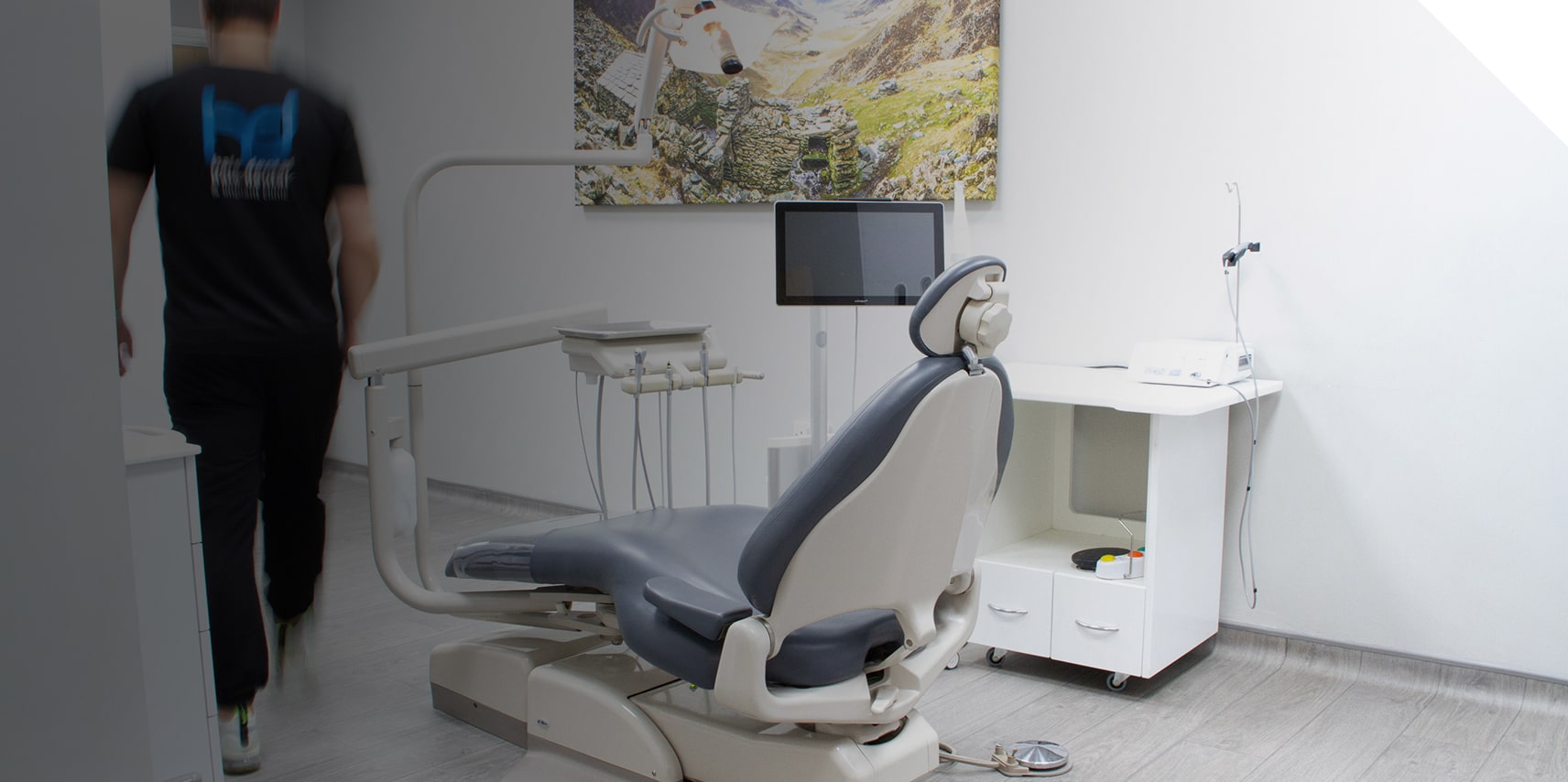
Our 5* Reviews
“My first visit to the clinic was very positive. I am extremely anxious at dental appointments but they were so patient with me. Everything was done to minimise my anxiety. I feel confident going ahead now, with a full programme of implant work in the next few months. This is a huge step for me and I have full confidence in the team I met at the clinic who explained the whole procedure to me. Thank you! This dentophobe is actually looking forward to starting treatment.”
“This may seem bizarre but I actually look forward to visiting a Dentist!!! Yes, I know, very strange, however once you visit Hale Dental you will not want to go anywhere else. All of the staff are fabulous. Receptionists, dental nurses, hygienists – all are friendly and welcoming. As for Richard, well he is THE BEST BAR NON. Enough said, I think.”
“I had reached 61 years of age and never had my teeth received the priority they required. Work, children and wider family had always come first. As a result I presented Jonathan Crockett with quite a mess to fix which he and his assistants then set about methodically. It required lots of new and replacement crowns, one extraction and an implant. And now I have no discomfort and a nice white smile. I happily recommend Jonathan Crockett both for his expertise and gentle good humour. And let’s not forget Diane Hunter, the dental hygienist, who is wonderful beyond measure.”
“Thank you to all the staff at Hale Dental Clinic who were kind and supportive throughout my treatment. I am really happy with the results and can’t stop smiling.”
“After many years of avoiding the dentist.. 😱 I finally plucked up the courage and went to Hale Dental and Implants Clinic.. Oh my gosh… We’re they wonderful or what. 🤣 2 appointments 3 fillings and the hygienist and I’m so happy.. Gentle, professional, amazing dental technology equipment.. And I was so relaxed got through it perfectly.. Thank you to you all..”
Really happy with the service provided, special thank you to Nina, who was really patient with me (I am a very nervous customer). This is not the first time I attend Hale Dental, considering it is quite far from where I live, I will still be using their services. Highly recommend.”
“I have been going to Hale Dental for a while now. They are very professional and gentle. I can safely say that they are the first dentist that listens. They don’t offer you treatment that you don’t need. All the options are clearly explained to you and everyone is very careful and gently through the treatment to put you at ease. I can’t say that I love going to the dentist but I do love Hale Dental.”
“Great service overall, pre-surgery appointments, the surgery day itself and post-surgery care. Very well handled by Richard, Jonny and team.”
“Once I had made my decision to have a large tooth from the back of my mouth removed (after speaking to 2 consultants at the practice to get all the options clear in my mind), my appointment was quickly made and even though I was quite nervous Richard was so kind and patient with me. It was quite a difficult extraction (but absolutely no pain) and I expected to be sore and swollen the next day – but to my surprise all was fine. I can highly recommend Hale Dental and especially Richard.”
“My first visit to the clinic was very positive. I am extremely anxious at dental appointments but they were so patient with me. Everything was done to minimise my anxiety. I feel confident going ahead now, with a full programme of implant work in the next few months. This is a huge step for me and I have full confidence in the team I met at the clinic who explained the whole procedure to me. Thank you! This dentophobe is actually looking forward to starting treatment.”
“This may seem bizarre but I actually look forward to visiting a Dentist!!! Yes, I know, very strange, however once you visit Hale Dental you will not want to go anywhere else. All of the staff are fabulous. Receptionists, dental nurses, hygienists – all are friendly and welcoming. As for Richard, well he is THE BEST BAR NON. Enough said, I think.”
“I had reached 61 years of age and never had my teeth received the priority they required. Work, children and wider family had always come first. As a result I presented Jonathan Crockett with quite a mess to fix which he and his assistants then set about methodically. It required lots of new and replacement crowns, one extraction and an implant. And now I have no discomfort and a nice white smile. I happily recommend Jonathan Crockett both for his expertise and gentle good humour. And let’s not forget Diane Hunter, the dental hygienist, who is wonderful beyond measure.”
“Thank you to all the staff at Hale Dental Clinic who were kind and supportive throughout my treatment. I am really happy with the results and can’t stop smiling.”
“After many years of avoiding the dentist.. 😱 I finally plucked up the courage and went to Hale Dental and Implants Clinic.. Oh my gosh… We’re they wonderful or what. 🤣 2 appointments 3 fillings and the hygienist and I’m so happy.. Gentle, professional, amazing dental technology equipment.. And I was so relaxed got through it perfectly.. Thank you to you all..”
Really happy with the service provided, special thank you to Nina, who was really patient with me (I am a very nervous customer). This is not the first time I attend Hale Dental, considering it is quite far from where I live, I will still be using their services. Highly recommend.”
“I have been going to Hale Dental for a while now. They are very professional and gentle. I can safely say that they are the first dentist that listens. They don’t offer you treatment that you don’t need. All the options are clearly explained to you and everyone is very careful and gently through the treatment to put you at ease. I can’t say that I love going to the dentist but I do love Hale Dental.”
“Great service overall, pre-surgery appointments, the surgery day itself and post-surgery care. Very well handled by Richard, Jonny and team.”
“Once I had made my decision to have a large tooth from the back of my mouth removed (after speaking to 2 consultants at the practice to get all the options clear in my mind), my appointment was quickly made and even though I was quite nervous Richard was so kind and patient with me. It was quite a difficult extraction (but absolutely no pain) and I expected to be sore and swollen the next day – but to my surprise all was fine. I can highly recommend Hale Dental and especially Richard.”
Smile Stories by Hale Dental
Take a look at some of the stunning treatments and transformations performed every day at Hale Dental.
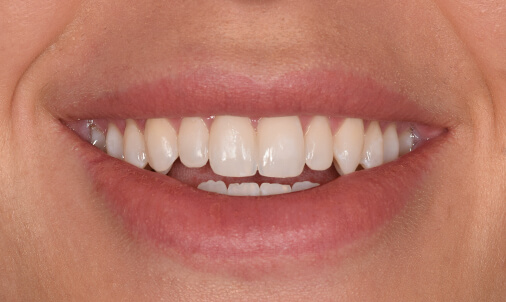
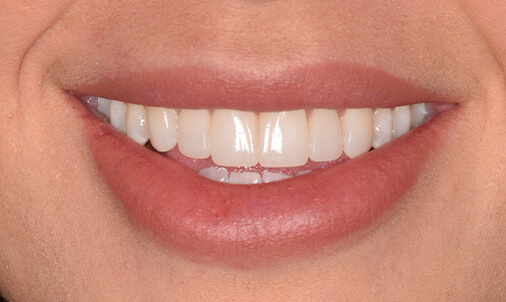
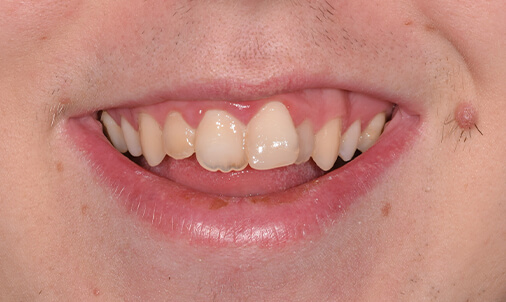
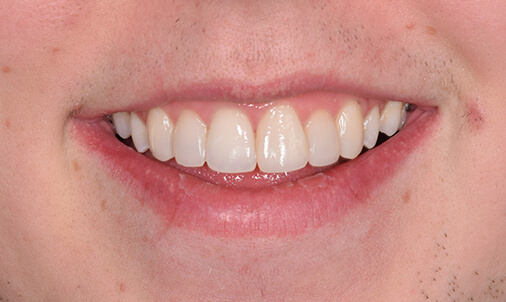
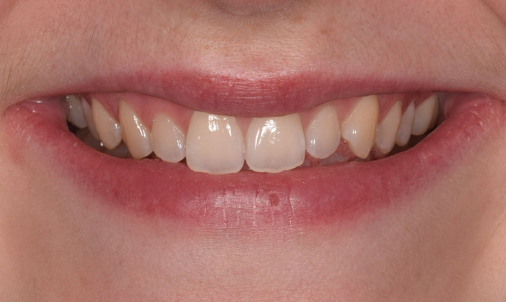
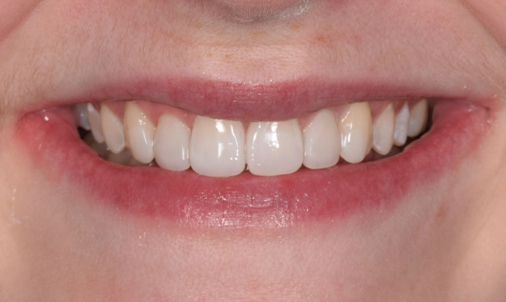
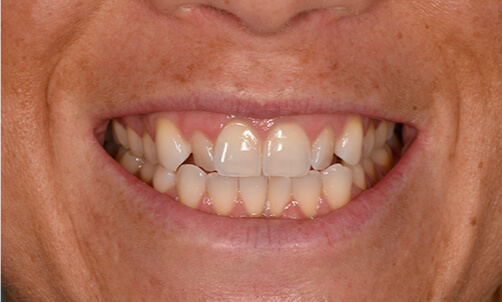
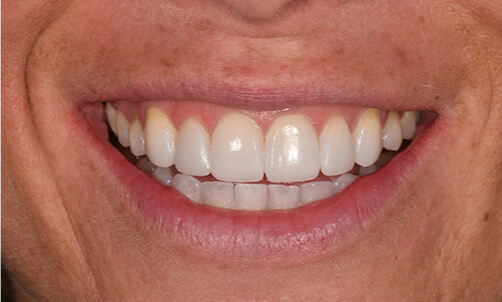
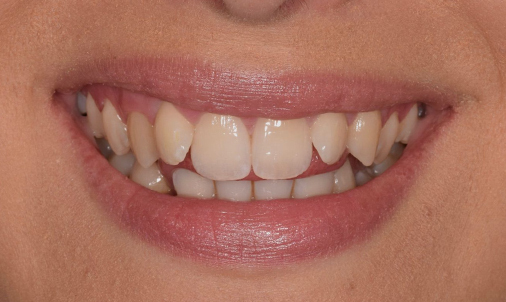
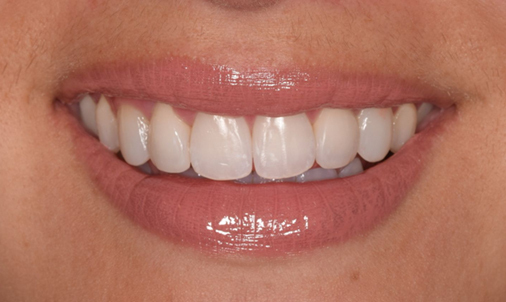
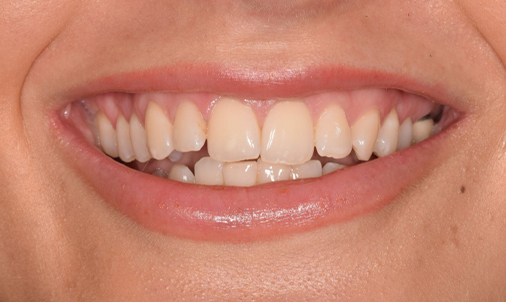
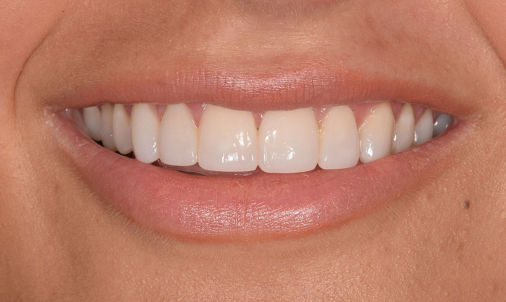
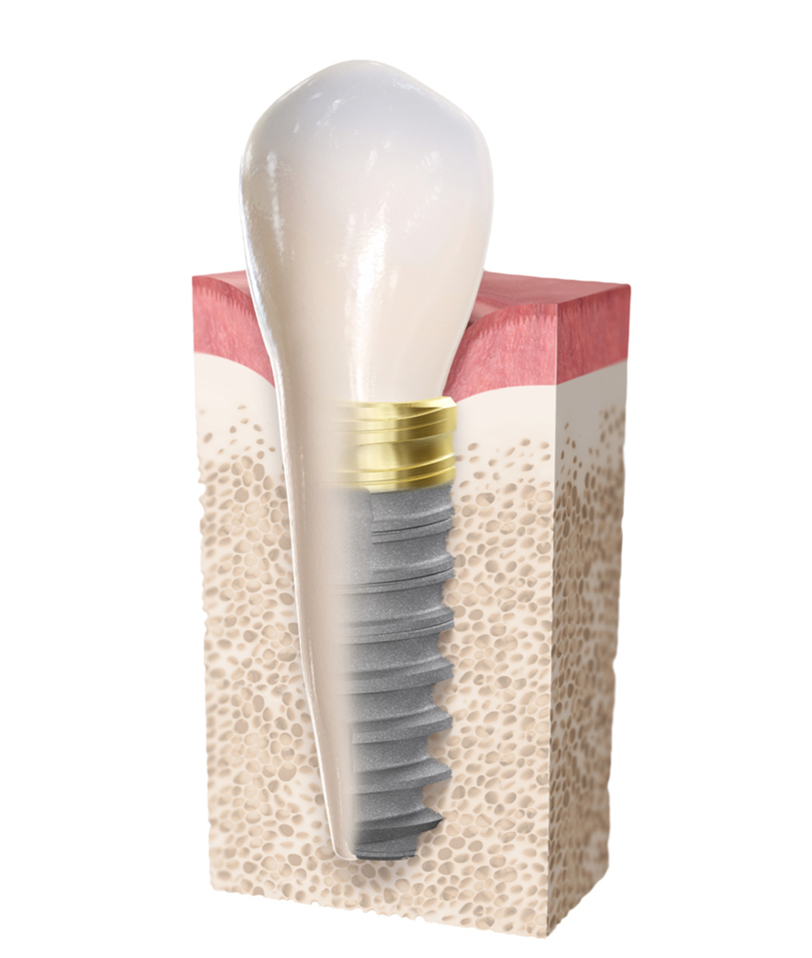

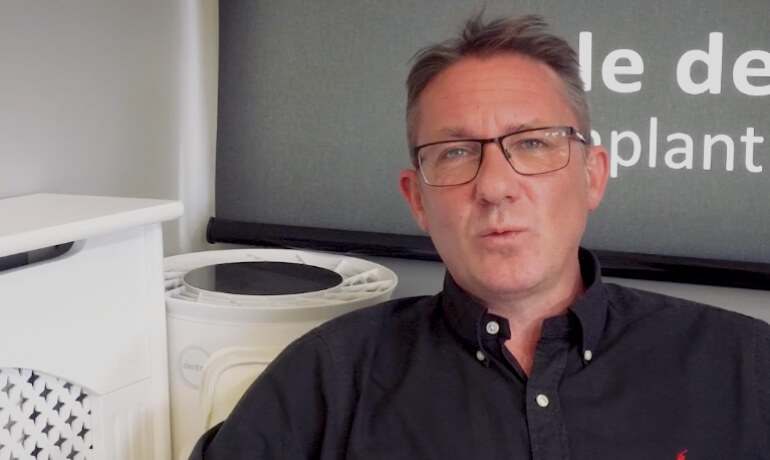

After receiving all my wedding photos I can’t thank Sophie enough for honestly giving me the most perfect smile. I couldn’t imagine having all these wedding photos of the most special day of my life with my old uneven teeth.